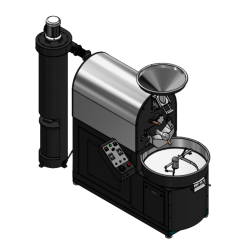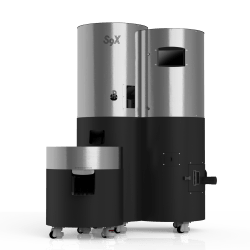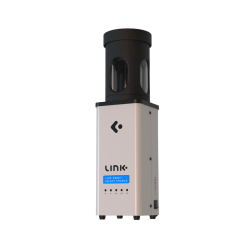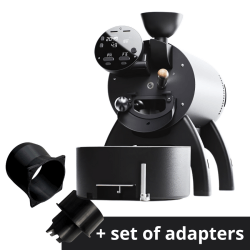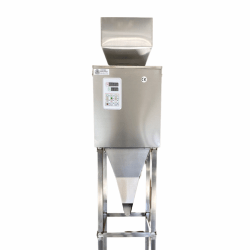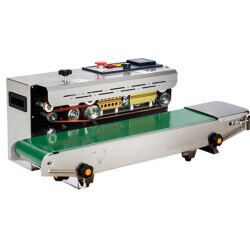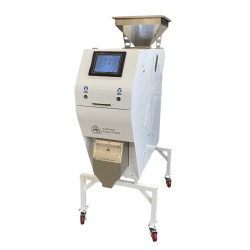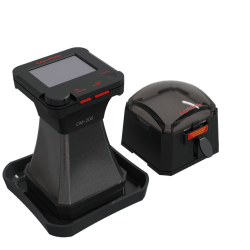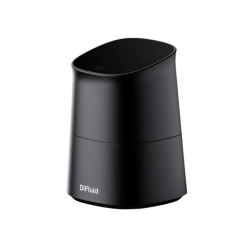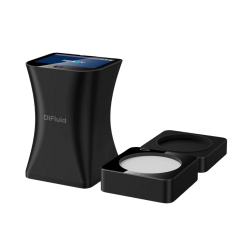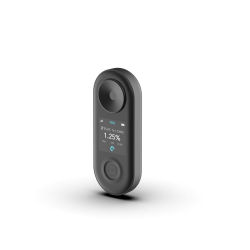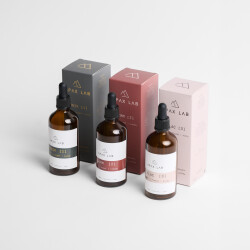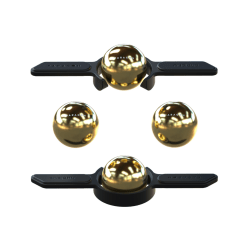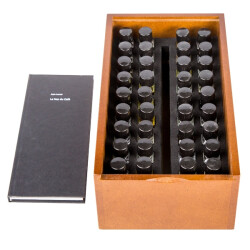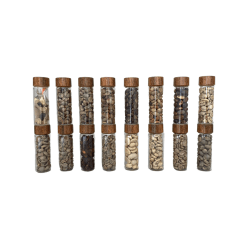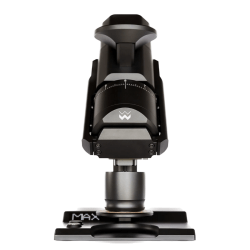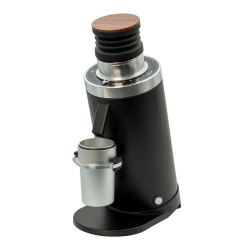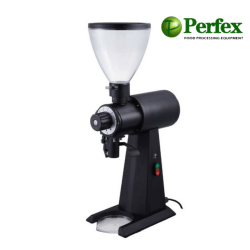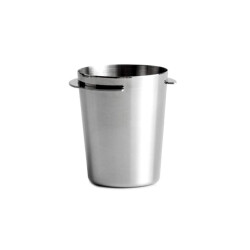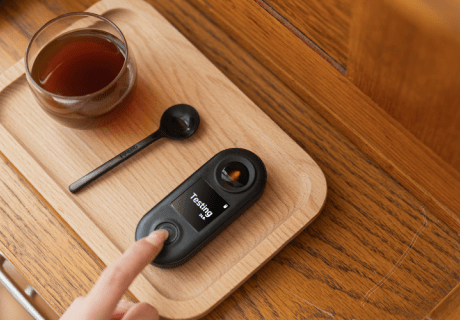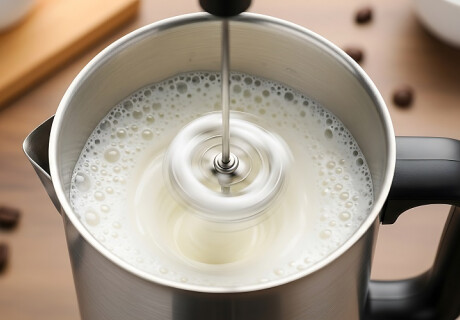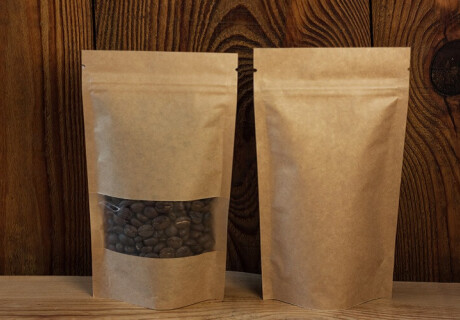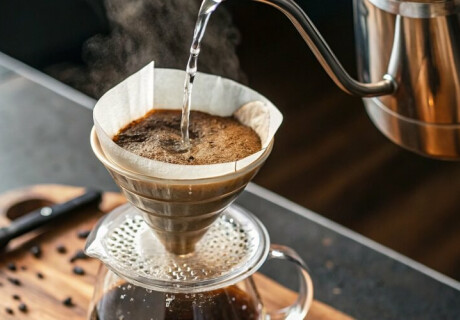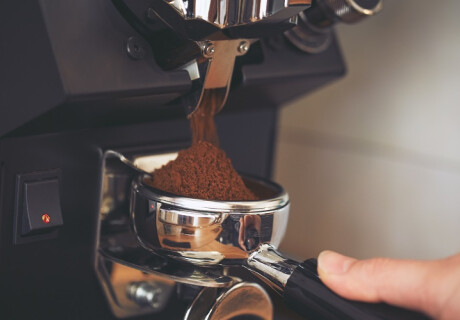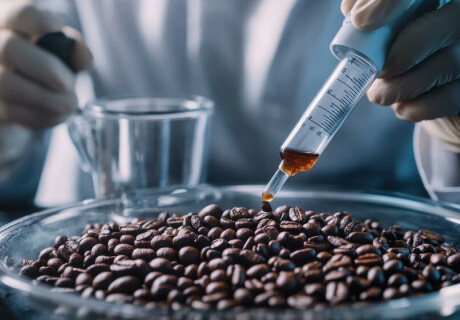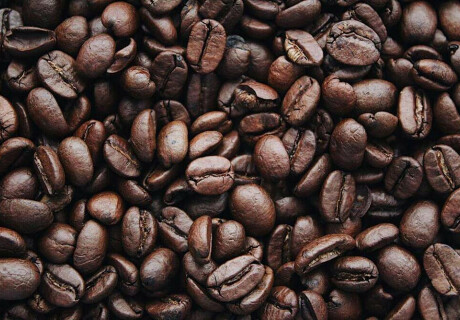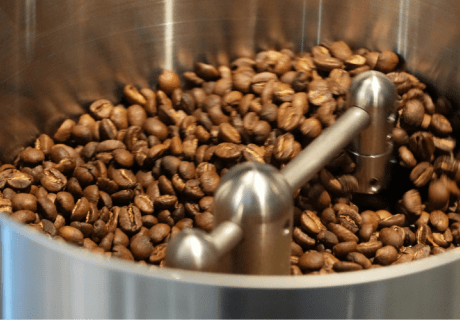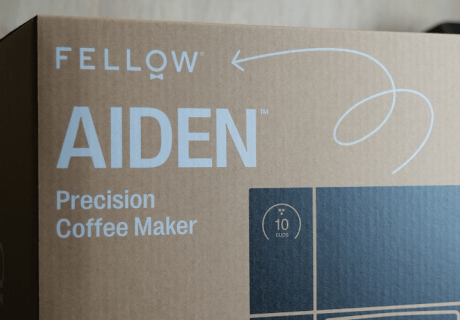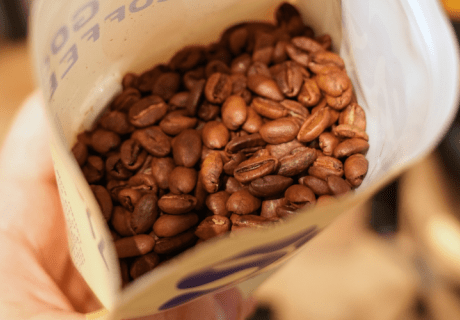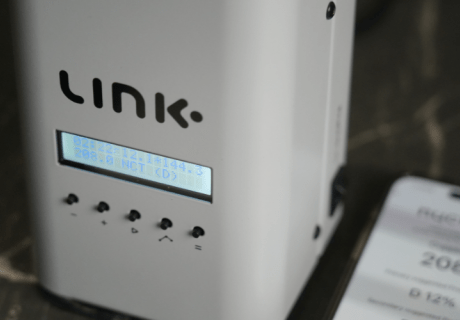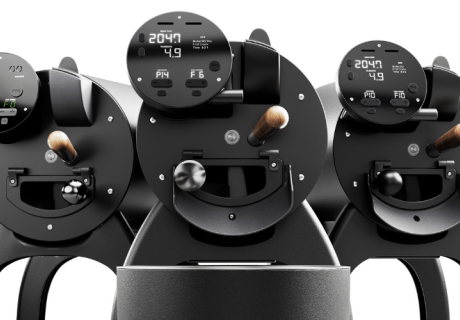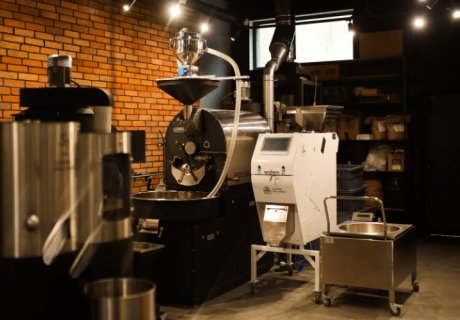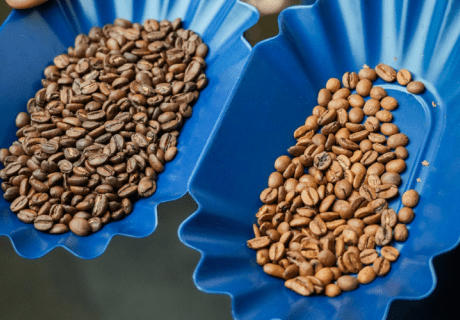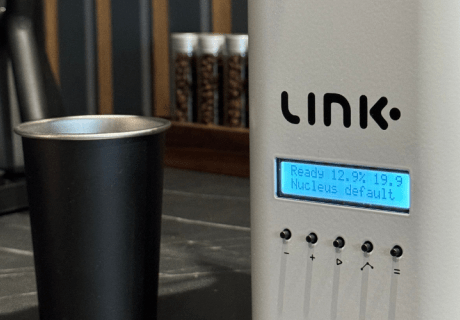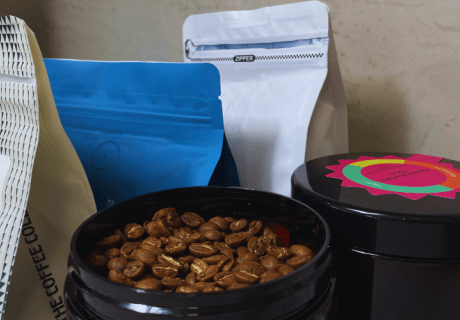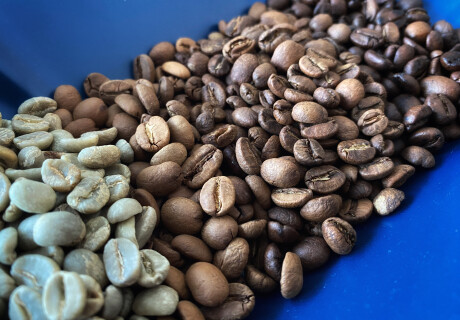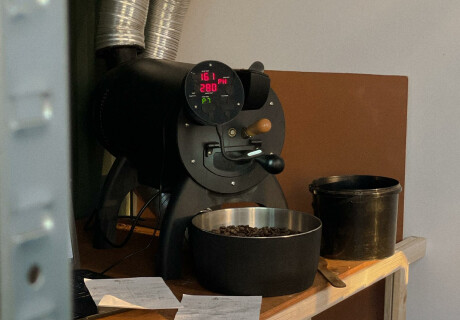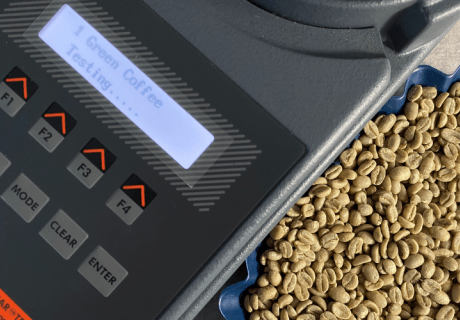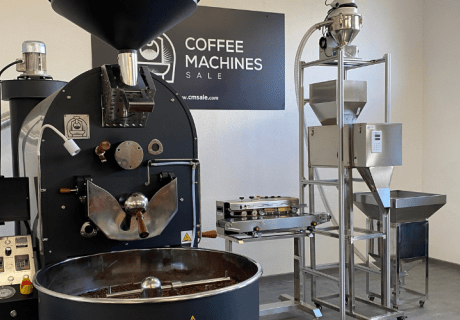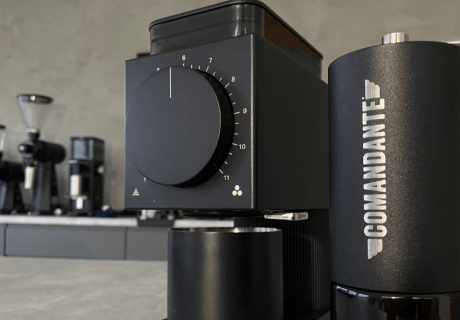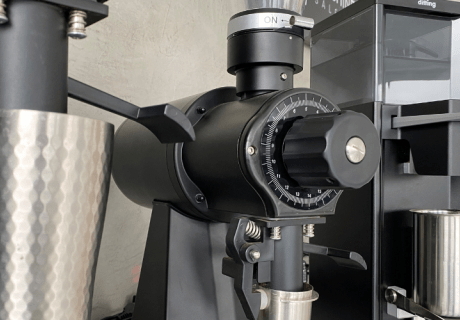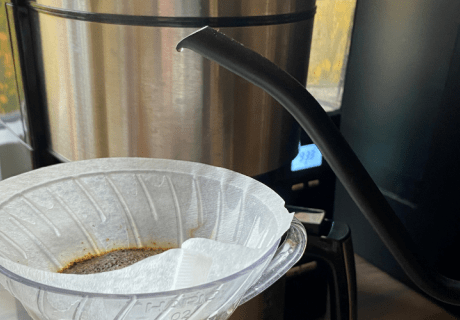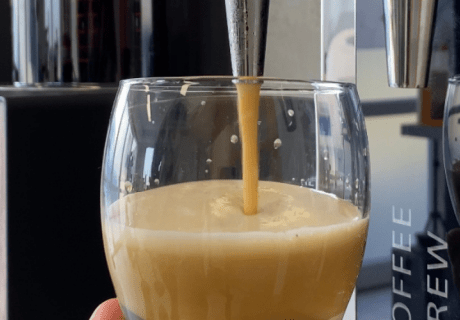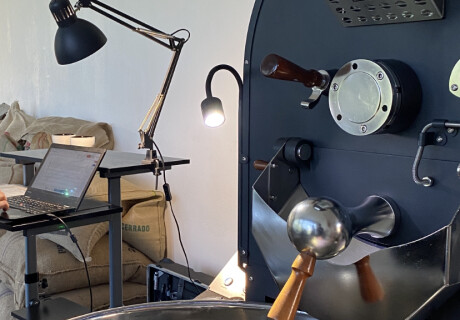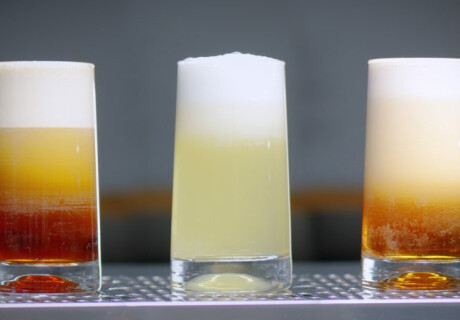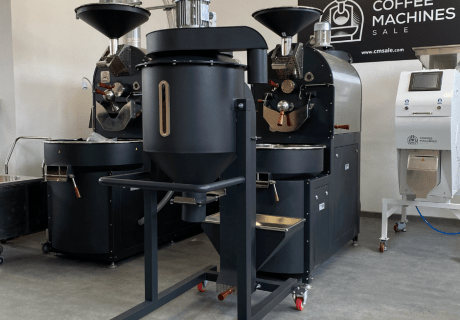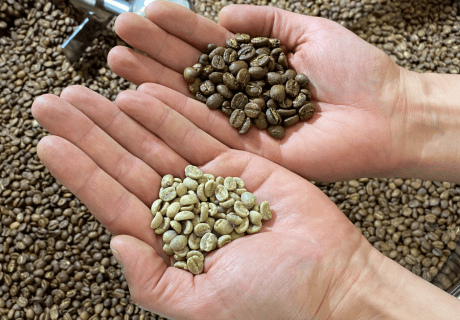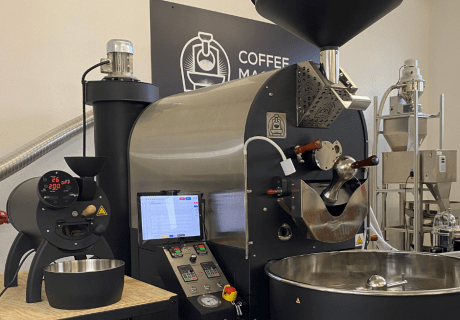TDS Explained: How Total Dissolved Solids Define Your Coffee Experience
Have you ever wondered what makes a cup of coffee sing with balanced flavors or fall flat with bitterness? Coffee enthusiasts often speak in cryptic terms like "TDS" to decode the secrets of a perfect brew. But what exactly is TDS, and why should you care? In this article, we delve deeply into the intricacies of TDS, exploring its role in coffee brewing and how it can transform your daily cup into a masterpiece.
Total Dissolved Solids: A Detailed Examination of Coffee Chemistry
Total Dissolved Solids (TDS) are a fundamental concept in coffee science, representing the concentration of soluble compounds that have been extracted from the coffee grounds into your cup. TDS quantifies how much "coffee" is actually present in your brew, offering an insight into both the strength and quality of extraction. By measuring TDS, we can achieve a clearer understanding of how much of the coffee's essence has made its way into the final beverage, which directly impacts the flavor, texture, and overall sensory experience.
The extraction process is essentially a delicate balance of drawing out acids, sugars, oils, and aromatic compounds from the ground coffee. Water, being a polar solvent, plays a pivotal role in this process due to its chemical properties that allow it to bond with a diverse array of molecules. Each of these components contributes to the coffee's unique profile. Understanding TDS not only allows us to quantify this extraction but also provides us with the tools needed to control and manipulate the brewing process.
According to recent research on the science of infusion, the relationship between the solubility of different coffee compounds and the infusion time plays a crucial role in the overall extraction process. The solubility of various compounds differs significantly; acids are extracted first, followed by sugars, and then bitter compounds. This nuanced understanding helps brewers manipulate TDS and control the infusion process to achieve a more balanced and well-rounded cup.
Measuring TDS: Precision Tools for Coffee Analysis
To measure TDS accurately, one must employ a refractometer—a sophisticated device that determines the concentration of dissolved solids by assessing the refractive index of the coffee sample. The refractive index refers to how light is bent as it passes through the solution, which correlates with the number of dissolved particles. Though refractometers were once limited to laboratory environments, they have now become an indispensable tool for coffee professionals and aficionados alike who are keen to optimize their brewing process.
The refractometer allows us to gain an objective measure of our coffee's concentration. Typical TDS values vary by brewing method: a pour-over generally yields a TDS between 1.2% and 1.7%, whereas an espresso can reach TDS levels of 8-12%. Though these values may seem small, they are crucial for understanding the intensity and extraction quality of the brew. For instance, an under-extracted brew may have a low TDS, resulting in weak flavor and sourness, while an over-extracted one may have an excessively high TDS, leading to bitterness.

The Difluid R2 refractometer connects to the Difluid Cafe app, which makes it easy to calculate coffee extraction
TDS and Extraction Yield: A Quantitative Approach to Flavor
While TDS provides a direct measure of coffee strength, it is intrinsically linked to extraction yield—the percentage of the coffee grounds that are actually dissolved during brewing. Extraction yield is generally considered optimal within a range of 18-22%, but improvements in coffee quality and advancements in roasting techniques have allowed for higher extractions without compromising flavor. This delicate balance is what makes coffee brewing both an art and a science.
Understanding the interplay between TDS and extraction yield is crucial for achieving a desired flavor profile. A higher TDS may indicate a more concentrated brew, yet it does not guarantee proper extraction. Uneven extraction could lead to an undesirable imbalance, such as a brew that is simultaneously bitter and weak. By closely monitoring TDS and adjusting variables like grind size, water temperature, and contact time, coffee brewers can fine-tune their techniques to consistently achieve optimal extraction and, consequently, a more refined cup of coffee.
VST vs. Difluid R2: A Comparative Analysis of Refractometers
For those serious about mastering TDS, selecting the right refractometer is essential. Among the most notable options available are the VST LAB COFFEE III and the Difluid R2. The VST is highly regarded in specialty coffee circles for its accuracy and robust construction, making it the gold standard for professional use. However, its cost may be prohibitive for the casual enthusiast. The Difluid R2, by contrast, offers a compelling balance between affordability and precision, making it an attractive option for home brewers looking to explore coffee analysis more deeply.
Both devices offer reliable TDS measurement, but their usability, cost, and accuracy may vary based on the intended application. The VST is particularly useful for professional settings, where precise and repeatable results are paramount. The Difluid R2, meanwhile, provides a practical solution for individuals who want to deepen their understanding of TDS without significant financial investment. Ultimately, either choice will greatly enhance the brewer's ability to analyze and perfect their coffee, but the right tool depends on the brewer's needs and the context of use.
Leveraging TDS for Brewing Mastery
TDS serves as a powerful guide for achieving consistency and control in coffee brewing. It functions much like a navigational tool, guiding brewers towards their desired flavor profiles. For those seeking a richer, fuller-bodied French press, aiming for a higher TDS can be instrumental. Conversely, for those wanting a light, nuanced pour-over, reducing the TDS can create a cleaner, more delicate experience. By using TDS in conjunction with personal sensory preferences, brewers can effectively calibrate their brewing techniques to produce their ideal cup.
The interplay of TDS measurements and sensory evaluation is where true brewing mastery lies. TDS provides the quantitative data needed to understand what is happening in the cup, while the palate ultimately determines the qualitative value of that brew. The combination of these two aspects enables both precision and creativity, allowing brewers to experiment confidently and systematically.
A Brew for the Inquisitive Brewer
In the vast world of coffee, TDS offers a meaningful connection between empirical science and the art of brewing. While the concept of TDS may initially seem daunting, even a basic comprehension can significantly enhance one's appreciation for the complexities of coffee. For those who wish to delve deeper, TDS becomes a gateway to experimentation—a way to understand and refine every nuance of the brewing process.
For those interested in further exploring the physical and chemical aspects of coffee, one of the best resources available is Jonathan Gagné's book, The Physics of Filter Coffee. This work delves into the scientific intricacies of brewing, providing a deeper understanding of the variables at play and how they impact the final cup.

